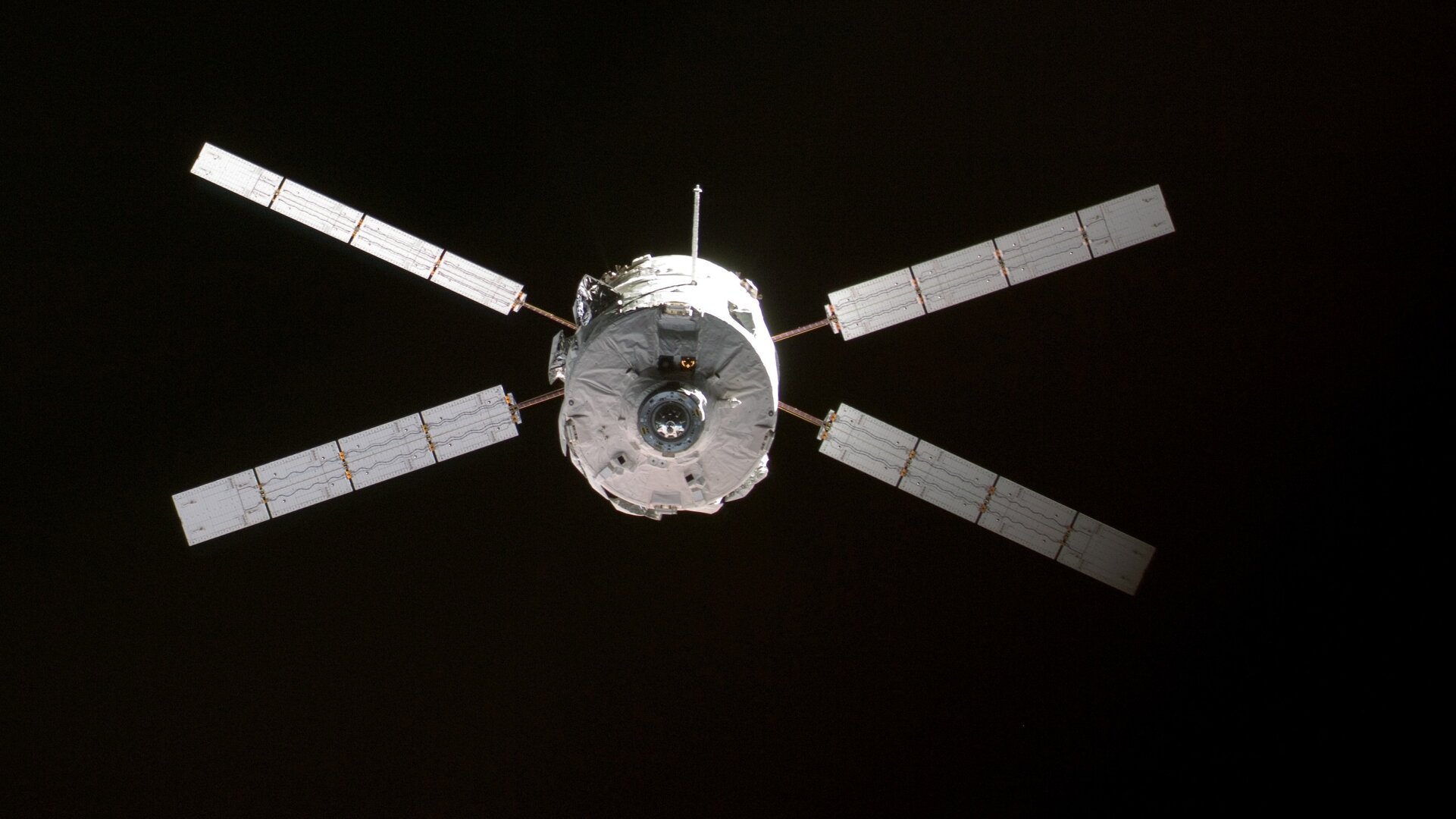Flight Safety
Safety is embedded in every part of everyday life – crossing the street, stepping into the car every morning, taking a transatlantic flight, producing energy in nuclear power plants.
Space is no exception. Imagine a 20 tonne spaceship - the Automated Transfer Vehicle – that after being placed into orbit needs to find its way to the International Space Station (ISS) moving at a velocity of 27000 Km/hour and at an altitude of 400Km above the Earth. Clearly, for this mission, safety is paramount since astronauts’ lives are at stake aboard the ISS.
A life without adventure is likely to be unsatisfying, but a life in which adventure is allowed to take whatever form it will, is likely to be short.
-- Bertrand Russell
What is the Flight Safety domain?
The paramount requirement for safety is the protection of human life, public property, and the environment. The definition of safety introduces the concept of risk and implicitly suggests that some risk might be tolerated. For example, even though antibiotics have side effects people do not decline to take them; on the other hand, even though a helmet protects your head people do not wear them every time they risk falling. Safety is therefore a subjective concept that has been perceived differently over time, involving not only the elimination and control of unsafe technical characteristics but also social, organizational and cultural aspects.
In the development of a project several facets of safety are involved: safety management, safety engineering, safety assessment and safety assurance.
Safety management is a continuous and iterative process throughout the project life cycle devoted to study, plan and implement activities intended to minimise safety risks of a system within the project constraints. Safety management ensures that all safety risks are adequately identified, assessed, minimised, controlled and finally accepted as part of project risk management.
Safety engineering is the technical and organisational implementation of safety in the design and operation.
Safety assessment/analyses are performed on the system as a whole – hardware, software, human factors - and involve the identification, control and verification of associated hazards and failure scenarios. These analyses are not conducted in isolation and are performed with the contribution of experts from several disciplines.
Safety assurance essentially monitors and assesses the activities of safety management, assessment and engineering, and its implementation in order to provide evidence that the final outcome of the safety assessment is trustworthy.
Safety and Dependability (Reliability, Availability, Maintainability) within ESA are integrated disciplines covering satellites (hardware, software), as well as ground infrastructure and operations (human aspects). It encompasses many areas of expertise and scientific knowledge throughout the life cycle phases of a space project.
Why is Flight Safety important?
Some examples: January 1986 loss of Space Shuttle Challenger and its crew during launch – O-ring seal failure at lift-off in the right solid rocket booster. June 1996 launch failure of Ariane 501 carrying Cluster spacecraft – unhandled software exception. February 2003 loss of Space Shuttle Columbia and its crew - insulation foam struck the left wing leading to the Shuttle’s disintegration during re-entry. October 2005 Rockot launch failure carrying Cryosat - failure of the booster. April 2008 Soyuz TMA-11 near disaster during re-entry – pyro-bolt malfunction caused the Soyuz landing module carrying a crew of three astronauts to tumble out of control during re-entry. Smoke filled the cabins and emergency G-forces were suffered by the crew. However, this time all survived.
Accidents do not just happen and technical solutions are not always the single answer to engineering problems. While design features are most of the time responsible for triggering the failure event, they are almost never the single root cause of accidents. Factors such as a poor safety culture, deficient safety organisation, flawed safety requirements, budget and time pressures all need to be taken into account when analysing accidents.
The hidden costs of accidents and failures are far more than just a financial loss; but also endangerment of human lives, injury or occupational illness, damage to public or private property, pollution of the environment, atmosphere or outer space and so on.




